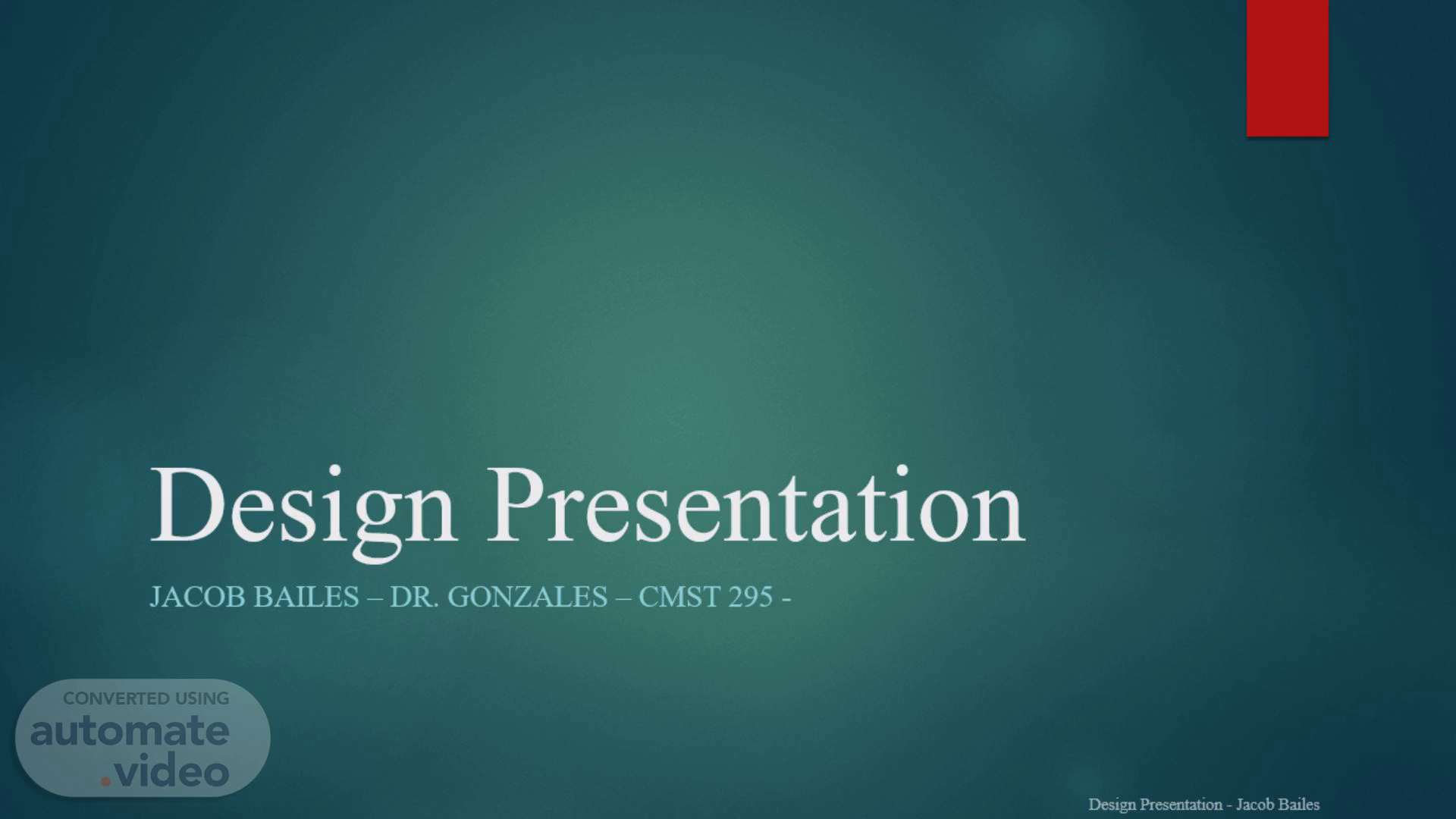Page 1 (0s)
[Audio] Welcome to our presentation, today we are going to be reviewing secondary actions as a whole, reviewing some areas of examples as well as summarizing the topic for an overall better understanding! I hope you enjoy!.
Page 2 (14s)
[Audio] To begin, we are going to review the definition of a secondary action which is, "Secondary actions refer to subtle extra movements that support and enhance the main action a character performs. For example, while the primary action may be a character walking from point A to B"..
Page 3 (31s)
[Audio] Throughout this presentation, we will discover two specific fundamentals of animation and some insight as to how they are utilized. By the end of the presentation the goals is to understand that while a main character's look is important, secondary actions, provide more to the user's eye to encourage an emotional understanding. Alongside this, we will also review how the subtle and drastic movements are encouraged by the slow start and slow stop method, and why this may be important within the overall animation and how it can provoke further curiosity within a, 'what's next' mindset..
Page 4 (1m 10s)
[Audio] Please take a moment to select play on this slide as it includes a short video that will go over secondary actions!.
Page 5 (2m 46s)
[Audio] As shown within the video presented in example 1 in our prior slide, we can understand a good base of what secondary animation is. This example allows us to both hear and see the explanation while alternating the distinguishing properties used to create this type of animation. An important takeaway from this showing is that we never want the secondary action to take the user or viewer away from the primary action. This instance of animation is to continue a visual dialogue so the reader can be 'in the environment' or feel more connected with the character..
Page 6 (3m 20s)
[Audio] With our secondary example we can see the animation itself walking as the primary, but what are your guesses for the secondary actions? Please feel free to stay on this slide to get your answers as they are on the next slide!.
Page 7 (3m 35s)
[Audio] As shown within the prior slide we can see the character is walking; this is our primary action. With just the primary action alone the user may become a bored, or uninterested so with that we see secondary actions in play. With that, which animations are we able to see within this character's current person/environment that we can credit to secondary action? Hair movement Cell phone use Tassels on hoodie Hat movement.
Page 8 (4m 4s)
[Audio] Our third example is that of a chicken! In the first section we can see that it is just the primary action with neutral movement, but what do you see that is different as it moves to the box sharing more color?.
Page 9 (4m 17s)
[Audio] Example 3 was a great way to share the flow of only primary into secondary action. This video of a chicken we can see on the left in the grey and black as just a single animated movement. This chicken then proceeds to the right where we can then see the new movement outside of the primary action which is the movement of the comb..
Page 10 (4m 38s)
[Audio] Our last example is that of a person who seems to be reasonably worried about something. What are your thoughts on the secondary actions? Please note that the red circles are providing a clue. We can discuss this further once you are ready to move to the next slide!.
Page 11 (4m 54s)
[Audio] In this example we are shown a person who seems to be in a worried stated. While the animation plays through, we are able to see the secondary actions such as the tapping foot and hand that give the reader a bit more emotion. If it were just the man sitting there waiting on a call with no motion at all we may just think it is a smaller ordeal of being worried, but with the addition of the tapping hands and foot we can see this may be a more drastic waiting game for this character. Secondary actions have the ability to change the emotion of the character and environment by just adding 1-2 areas of motion to draw closer attention for the viewer/user..
Page 12 (5m 33s)
[Audio] In summary, a secondary action, as shown throughout this presentation has the ability to change the story just by adding an additional subtle motion. With the proven ability in the examples provided in this presentation and the additional research areas, it is crucial to not only use these actions, but become aware of the most impressionable areas to utilize them within. A great description of this action is shared as, "A secondary action is present for support and is put for a reason to give the scene more life: it is the resulting action from another movement" (Liquido, 2024) (4). Keeping what we have seen in mind, and the definition as well, please always remember that a secondary action will come from a primary, or independent action, this will assist in the placement within the animation itself..
Page 13 (6m 30s)
[Audio] Lets talk about it some more, what are some questions, thoughts, or processes that you might have at this time?.
Page 14 (6m 40s)
Reference. (1)Aminian, P. (2024, June 26). Secondary action’s spellbinding power in animation. Pixune. https://pixune.com/blog/secondary-actions-in-animation/ (2)Darvideo. (2024). Secondary actions - what role do they play in creating animation?. Secondary action. https://darvideo.tv/dictionary/secondary-action/ (3)Jollet, A., & Oliveira, I. (2022, May 20). Here are the 12 priciples of animation [+ examples]. Rock Content. https://rockcontent.com/blog/12-principles-of-animation/ (4)Liquido, H. (2024). 8. secondary action. Secondary Action. https://animation2017hannah.weebly.com/8-secondary-action.html (5)Neeru. (2016a, March 31). Secondary action. D’Source. https://www.dsource.in/course/principles-animation/video/secondary-action (6)School of Motion. (2024). Engage your audience with secondary animation. https://www.schoolofmotion.com/blog/secondary-animation.
